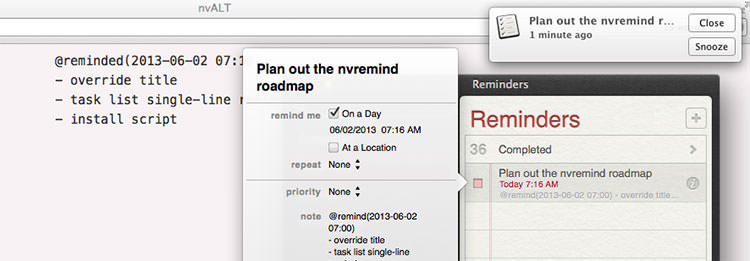
However, NValt remains irreplaceable for lighting-fast adding a short note without thinking twice. Ulysses interface is also better for writing longer and more complex texts than NValt. Such organization is better for project (rather than reference) content. Ulysses works better for organizing notes in folders so it’s much easier to see all related material together. Of course, notes can also be searched by their content or even tags, but sometimes thinking of the right term may also be disruptive. display related notes next to each other) but on the other hand it takes certain effort to come up with the right names, especially for someone running many different projects. A smart naming system helps keeping NValt notes organized (e.g. NValt is for taking very fast random notes on the fly. These features differentiate Ulysses from both NValt and Byword. A great export function (just press ⌘6) to pdfs, Word, or email to share with others.Įditing window in Ulysses with various types of markdown syntax.Smooth naming of sheets: the title (the first line) of each sheet is also its name.The possibility of navigating longer documents (pressing ⌘8 brings up a navigation window that allows you to jump to any Heading marked with # in the document).Organization of sheets (notes) in hierarchical folders.Colourful visualization of markdown (see picture) it may distract creative writing but it’s great for structured texts containing various elements.Ulysses has five features best suited for such tasks: I think Ulysses works very well for systematic, but not necessarily very creative, writing, especially if it has to be organized and/or shared with others.

For example, for drafting grading rules, evaluating research proposals, writing a report for an Academic Board, preparing a response to a reviewer of a publication, taking notes at oral exams, and summarizing ideas on an website. Somewhat surprisingly, I have used it quite often.

Following Csaba’s post on Ulysses, I have been trying it for over one month.


 0 kommentar(er)
0 kommentar(er)
